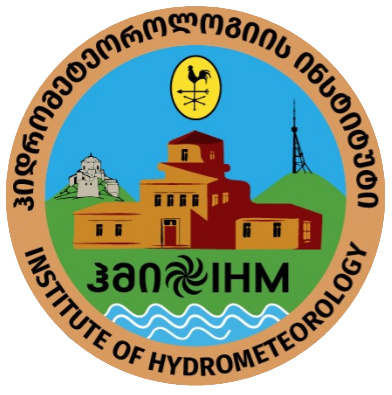UDC 551.583
Geography of Wetland Areas and Marshes in Georgia /Gulashvili Z, Gorgijanidze S./ Transactions IHM, GTU. -2023. -vol.133. -pp.26-30. - Georg., Summ. Georg., Eng.
Swamps spread over a significant area in Georgia. They occupy the largest area in Western Georgia in the western part of the Kolkheti Lowland and comprise 2200 km2, of which 29,000 ha are included within the Kolkheti National Park and Kobuleti protected areas. They were included in the list of the Ramsar Convention adopted in 1971, and in 2021 the Kolkheti Wetlands were added to the UNESCO World Heritage List along with the Kolkheti Rainforests. Wetlands’ role in preserving natural ecosystems and coastal protection is great. The active study of wetlands in Kolkheti dates back to the 20s of the last century when the research was carried out according to their distribution, types, origin, feeding regimes, and other parameters. The main goal of the studies was to utilize the swampy areas for agricultural purposes and, accordingly, to prevent the natural events characteristic of the rivers passing through these areas, mainly for Rion.
Since the 90s of the 20th century, active research in Kolkheti swamps has decreased to almost zero, due to the severe socio-political situation in the country, and until now there are almost no scientific activities in terms of studying their modern condition and geographical components. Modern methods involve their research for protection and preservation, as well as the introduction of the principles of harmonious coexistence of man and nature. In addition, it is a necessary condition to develop wetland management plans taking into account social factors. Therefore, it is necessary to actively renew research in the Kolkheti region and accumulate new knowledge about wetlands, thus facilitating the implementation of sustainable development plans for the region.

